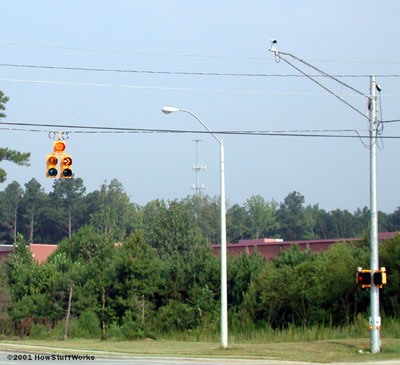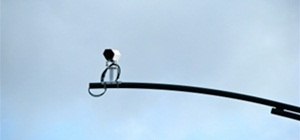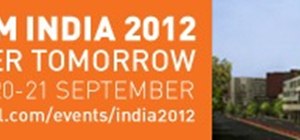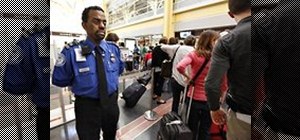As you may have seen in your city or town, red light cameras are on the rise in the United States. In many instances in my area, these cameras have sprung up seemingly out of no-where, and mostly without any reason. Over use of these systems can make privacy (even on the road) a fleeting possibility.
According to the Insurance Institute for Highway Safety, 22 percent of all traffic accidents in the United States are caused by drivers running red lights. But how do they help?

What Are they?
These cameras are built to be automatic, 'speed sensing' systems that document and monitor major (and minor) traffic intersections to enforce the law. The cameras take pictures of violators and the city sends them their ticket and usually a photo accompanying it. These cameras aren't as sophisticated as one my imagine. They consist of three parts:
- Camera
- Sensor/trigger
- Computer
The cameras are usually positioned near the red-light box themselves, but may also be installed on separate poles. There are usually four per intersection to monitor all sides of the area.
How it Works
As said before, the system is made up of the trigger, camera, and computer. It all starts with the trigger. Have you seen these on a road before?



That is where the trigger is installed. The trigger is basically a wire that is attached to a computer. When the trigger senses that a car is speeding through, it tells the computer which then tells the camera to snap a few pictures. Clever? Is as simple as this could get.

Now, the computer is by far the most sophisticated part. Usually, it isn't turned on when the light is green or yellow. It does turn on when the light becomes red. Until then, it ignores all inputs that the triggers send. When a light is red and you run over the triggers, the camera takes in the input and takes the pictures.
In most systems, the computer will not activate the cameras if a car is just sitting over the induction loops. To trigger the cameras, you have to move over the loops at a particular speed. In most systems, there are two loop triggers for each lane of traffic. When the triggers are both activated in quick succession, the computer knows a car has moved into the intersection at high speed. If there is more of a delay, the computer knows the car is moving more slowly. If the car activates only the first trigger, the computer knows it is stopped at the edge of the intersection.
-HowStuffWorks

The camera is activated when the two triggers are activated in quick succession. It takes two pictures: one right when the car enters the intersection, and one when its in the middle. In addition, the computer calculates the following:
- Date
- Time
- Time elapsed between the two photos
- Location of intersection
- Speed of the car
All this information is sent to the owner of the car, and sometimes addressed to the person driving the car (hence the two photos).
So the next time you think about running the light, just time yourself correctly. Just kidding. Use your head and think about what you learned from this article before doing so.
Just updated your iPhone? You'll find new emoji, enhanced security, podcast transcripts, Apple Cash virtual numbers, and other useful features. There are even new additions hidden within Safari. Find out what's new and changed on your iPhone with the iOS 17.4 update.
































Be the First to Comment
Share Your Thoughts